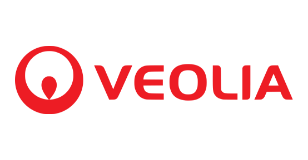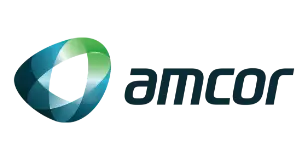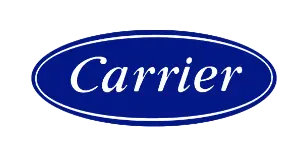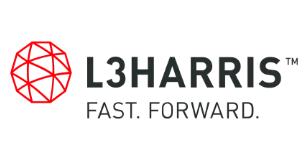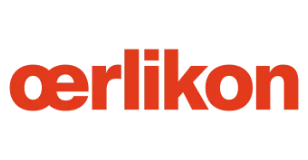
Middle East Hot Melt Adhesives Market Research Report: Forecast (2023-2028)
By Resin Types (Ethylene Vinyl Acetate, Thermoplastic Polyurethane, Styrenic-butadiene Copolymers, Others (Phenoxy resins, Polyesters, etc.)), By End Users (Automotive, Buildings &... Construction, Electronics, Healthcare, Others (Paper, Board & Packaging, Textile etc.)), By Country (The UAE, Saudi Arabia, Qatar, Egypt, Turkey, Rest of Middle East), By Company (3M, Jowat SE, Arkema Group, Henkel AG & Co. KGaA, Sika AG, H.B. Fuller Company, Dow Chemicals, DuPont, Bostik, Huntsman Corporation, Others) Read more
- Chemicals
- Jan 2023
- Pages 178
- Report Format: PDF, Excel, PPT
Introduction
Hot melt adhesives (HMA) are a type of thermoplastic adhesive substance used in a variety of industrial applications, such as packaging & construction. Since these are applied over a specific area with a hot glue gun that uses a heating element to melt the adhesive, it is also referred to as hot glue. Hot melt adhesives are increasing in popularity across the world, as they do not contain formaldehyde, which has several negative impacts on human & environmental health.
Market Insights
The Middle East Hot Melt Adhesives market is projected to grow at a CAGR of around 5.67% during the forecast period, i.e., 2023-28. The region observed significant demand for these adhesives owing to the rising construction of residential & commercial infrastructure, which augmented the need for these adhesives for multipurpose uses such as the bonding of glass to the walls, flooring, etc. Furthermore, countries such as the UAE, Saudi Arabia, Bahrain, and others are focusing on boosting non-oil sectors such as retail, hospitality, tourism, and others to reduce reliance on an oil-focused economy, which has increased demand for hot melt adhesives in recent years.
| Report Coverage | Details |
|---|---|
| Study Period | Historical Data: 2018-21 |
| Base Year: 2022 | |
| Forecast Period: 2023-28 | |
| CAGR (2023-2028) | 5.67% |
| Country Covered | The UAE, Saudi Arabia, Qatar, Egypt, Turkey, Rest of Middle East |
| Key Companies Profiled | 3M, Jowat SE, Arkema Group, Henkel AG & Co. KGaA, Sika AG, H.B. Fuller Company, Dow Chemicals, DuPont, Bostik, Huntsman Corporation, Others |
| Unit Denominations | USD Million/Billion |
Moreover, the rising healthcare sector in these countries further contributed to the surging demand for hot melt adhesives in the historical years. The growth was led by the surging need to seal disposable hygiene products in clinics & labs to ensure safety hazards & protocols for the safe disposal of used products in the respective segments. In addition, countries in the Middle East region, such as Kuwait, the UAE, and Saudi Arabia, have been extensively focusing on improving the healthcare sector, with the motive to reduce outbound medical tourism & provide world-class facilities to treat patients in the country. Therefore, the rising requirement for these adhesives to seal disposable used products in the past years is also expected to continue in the coming years as well.
Additionally, the expanding e-commerce sector in the region is another factor driving the need for hot melt adhesives for packaging purposes in warehouses and the food & beverages industry. As these adhesives are used with glue guns to seal packages airtight, they are safe for shipping goods from warehouses to end-use industries. In addition, the adoption of bio-based hot melt adhesives in the food and beverage industry for food packaging has stimulated requirement for bio-based adhesives in recent years to meet countries' sustainability goals and practices. Hence, emerging e-commerce sectors & various government initiatives to improve the food & beverage industry are expected to drive demand for these adhesives in the coming years.
_(1).png)
Key Trend in the Market
- Increasing Adoption of Sustainable Bio-based Hot Melt Adhesives to Propel Market Growth
In recent years, demand for bio-based hot melt adhesives has been growing significantly in end-user industries such as packaging & consumer goods due to the rising government initiatives to achieve a sustainable environment. Along with this, the specialty & application offered by the natural bio-compounds & bio-materials are both high-performing & sustainable compared to conventional hot melt adhesives, further positively affecting the market growth.
Moreover, to cater to the growing necessity for bio-based hot melt adhesives, major market players such as Henkel & Jowat have been inclined to launch bio-based these adhesives to pursue sustainable practices while meeting the needs of the food packaging industries. Therefore, the surging trend of adopting eco-friendly products like bio-based hot melt adhesives is anticipated to flourish in the market in the coming period.
Market Segmentation
Based on Resin Types:
- Ethylene Vinyl Acetate
- Thermoplastic Polyurethane
- Styrenic-butadiene Copolymers
- Others (Phenoxy resins, Polyesters, etc.)
Thermoplastic Polyurethane-based hot melt adhesive is becoming more & more common in a variety of industries such as electronics, e-commerce, warehouses, etc., including high-volume production of these adhesives by companies. These resin-like hot melt adhesives are non-toxic, set quickly, have excellent temperature & weather resistance, and are economical in any volume. Hence, due to these properties & multipurpose uses, thermoplastic polyurethane observed significant demand during the historical period.
These adhesives are commonly used in applications requiring strict end-product protection as well as simplified & streamlined manufacturing. These adhesives are used in a variety of industries, including automotive, electronics, medical, furniture, and packaging. Hot-melt adhesives are becoming extremely prevalent due to their compatibility with a wide range of substrates, including composites, papers, rubber, plastics, ceramics, metals, glass, and wood.
Due to their high melt viscosity, thermoplastic polyurethane-based hot melt adhesives are typically applied using extruding, rolling, or spraying techniques, as they are the ideal choice for the applications they are used for. Therefore, the requirement for thermoplastic polyurethane was significantly higher than for any other resins in recent years.
Based on End Users:
- Automotive
- Buildings & Construction
- Electronics
- Healthcare
- Others (Paper, Board & Packaging, Textile etc.)
Here, Automotive accounted for the majority of end-use consumption of hot melt adhesives during the historical period, owing to the resourcefulness of resin-based hot melt adhesives & long-lasting durability in automotive work applications. Further, several applications in automobiles require highly heat-resistant materials that can hold the parts together & sustain them for a long time, increasing the reliability of automotive players on such adhesives.
Moreover, in recent year, automotive manufacturers have grown reliance on using these adhesives, as these adhesive helps to remove the dents in the paintwork. Thus, the demand for hot melt adhesive is expected to positively enhance in the automotive industry, contributing to the market growth during 2023-2028.
Country Landscape
Geographically, the market expands across:
- The UAE
- Saudi Arabia
- Qatar
- Egypt
- Turkey
- Rest of the Middle East
Of all the countries across the Middle Eastern region, the UAE was the dominant contributor to the demand for hot melt adhesives during the historical period. The market growth imputes to the rising requirement for packaging materials in various industries such as food & beverages, healthcare, and personal care. The soaring e-commerce & online retailing are driving market growth by boosting the need for packaging materials to ensure the safe delivery of goods to customers. The food & beverage industry is a major user of these adhesives in the UAE. These adhesives are used in the food packaging industry to seal packaging such as pouches, cartons, and trays to keep food fresh & prevent contamination.
Additionally, in the healthcare industry, hot melt adhesives are used for the packaging of medical devices & equipment as well as for the production of adhesive bandages. Thus, the surging government initiatives to develop the healthcare sector as well as the rising need for hot melt adhesive from the packaging industry is anticipated to support the revenue of the market in the forthcoming years.
Recent Developments by Leading Companies
- 2022: Jowat SE announced the launch of a hot melt adhesive product portfolio specially made for sustainable adhesives for countless applications in the packaging process.
- 2019: Sika acquired Crevo-Hengxin, a Chinese manufacturer of silicone sealants & adhesives, used in both industry & construction applications in the region.
Market Dynamics:
Key Driver: Growing E-Commerce Industry to Drive the Demand for Hot Melt Adhesives
The rising e-commerce sector in Middle Eastern countries like the UAE, Saudi Arabia, Qatar, etc., has observed significant growth owing to soaring demand for consumer & FMCG goods. The rising internet penetration & the presence of a digitally savvy population contributed to the growth of the e-commerce sector. Henceforth, the requirement for hot melt adhesives used with glue guns for carton sealing increased as the e-commerce industry witnessed robust development.
In addition, the need for a wide range of goods, including food, beverage, and healthcare products that use these adhesives for folding cartons, has enhanced as a result of higher incomes & an improvement in living standards. As a result, the expansion of the e-commerce sector would result in additional warehouse space, which would drive up the requirement for such adhesives to seal cartons in the coming years, thereby supporting the market growth of hot melt adhesives in the Middle East region.
Possible Restraint: High Prices & Lack of Awareness Among End-Users to Hinder the Market
Hot melt adhesives are relatively expensive compared to other types of adhesives, such as water solvent & solvent-based adhesives. The thermal load property of these adhesives confines their use in end-user industries, including automotive, packaging, etc., owing to their sensitive nature compared to others. Hence, this limit the adoption of these adhesives among certain end-users, particularly small & medium-sized enterprises. Furthermore, some end-users are not fully aware of the benefits & advantages offered by hot melt adhesive, which is expected to hinder the market growth during the forecast period.
Do You Require Further Assistance?
- The sample report seeks to acquaint you with the layout and the overall research content.
- The deliberate utilization of the report may further streamline operations while maximizing your revenue.
- To gain an unmatched competitive advantage in your industry, you can customize the report by adding more segments and specific countries suiting your needs.
- For a better understanding of the contemporary market scenario, feel free to connect to our knowledgeable analysts.
Frequently Asked Questions
- Market Segmentation
- Introduction
- Product Definition
- Research Process
- Assumptions
- Executive Summary
- Middle East Hot Melt Adhesives Market Porters Five Forces Analysis
- Middle East Hot Melt Adhesives Market Supply Chain Analysis
- Middle East Hot Melt Adhesives Market Trends & Insights
- Middle East Hot Melt Adhesives Market Dynamics
- Drivers
- Challenges
- Middle East Hot Melt Adhesives Market Growth Opportunities & Hotspots
- Middle East Hot Melt Adhesives Market Policy & Regulations
- Middle East Hot Melt Adhesives Market Outlook, 2018-2028F
- Market Size & Outlook
- By Revenues (USD Million)
- By Volume (Thousand Tons)
- Market Share & Outlook
- By Resin Types
- Ethylene Vinyl Acetate
- Thermoplastic Polyurethane
- Styrenic-butadiene Copolymers
- Others ( Phenoxy resins, Polyesters, etc.)
- By End Users
- Automotive
- Buildings & Construction
- Electronics
- Healthcare
- Others (Paper, Board & Packaging, Textile etc.)
- By Country
- The UAE
- Saudi Arabia
- Qatar
- Egypt
- Turkey
- Rest of Middle East
- By Company
- Market Share & Analysis
- Competition Characteristics
- By Resin Types
- Market Size & Outlook
- The UAE Hot Melt Adhesives Market Outlook, 2018-2028F
- Market Size & Outlook
- By Revenues (USD Million)
- By Volume (Thousand Tons)
- Market Share & Outlook
- By Resin Type
- By End Users
- Market Size & Outlook
- Saudi Arabia Hot Melt Adhesives Market Outlook, 2018-2028F
- Market Size & Outlook
- By Revenues (USD Million)
- By Volume (Thousand Tons)
- Market Share & Outlook
- By Resin Type
- By End Users
- Market Size & Outlook
- Qatar Hot Melt Adhesives Market Outlook, 2018-2028F
- Market Size & Outlook
- By Revenues (USD Million)
- By Volume (Thousand Tons)
- Market Share & Outlook
- By Resin Type
- By End Users
- Market Size & Outlook
- Egypt Hot Melt Adhesives Market Outlook, 2018-2028F
- Market Size & Outlook
- By Revenues (USD Million)
- By Volume (Thousand Tons)
- Market Share & Outlook
- By Resin Type
- By End Users
- Market Size & Outlook
- Turkey Hot Melt Adhesives Market Outlook, 2018-2028F
- Market Size & Outlook
- By Revenues (USD Million)
- By Volume (Thousand Tons)
- Market Share & Outlook
- By Resin Type
- By End Users
- Market Size & Outlook
- The Middle East Hot Melt Adhesives Market Key Strategic Imperatives for Growth & Success
- Competitive Benchmarking
- Competition Matrix
- Product Portfolio
- Target Markets
- Target End Users
- Research & Development
- Strategic Alliances
- Company Profiles (Business Description, Product Offering, Strategic Alliances or Partnerships, etc.)
- 3M
- Jowat SE
- Arkema Group
- Henkel AG & Co. KGaA
- Sika AG
- H.B. Fuller Company
- Dow Chemicals
- DuPont
- Bostik
- Huntsman Corporation
- Others
- Competition Matrix
- Disclaimer
MarkNtel Advisors follows a robust and iterative research methodology designed to ensure maximum accuracy and minimize deviation in market estimates and forecasts. Our approach combines both bottom-up and top-down techniques to effectively segment and quantify various aspects of the market. A consistent feature across all our research reports is data triangulation, which examines the market from three distinct perspectives to validate findings. Key components of our research process include:
1. Scope & Research Design At the outset, MarkNtel Advisors define the research objectives and formulate pertinent questions. This phase involves determining the type of research—qualitative or quantitative—and designing a methodology that outlines data collection methods, target demographics, and analytical tools. They also establish timelines and budgets to ensure the research aligns with client goals.
2. Sample Selection and Data Collection In this stage, the firm identifies the target audience and determines the appropriate sample size to ensure representativeness. They employ various sampling methods, such as random or stratified sampling, based on the research objectives. Data collection is carried out using tools like surveys, interviews, and observations, ensuring the gathered data is reliable and relevant.
3. Data Analysis and Validation Once data is collected, MarkNtel Advisors undertake a rigorous analysis process. This includes cleaning the data to remove inconsistencies, employing statistical software for quantitative analysis, and thematic analysis for qualitative data. Validation steps are taken to ensure the accuracy and reliability of the findings, minimizing biases and errors.
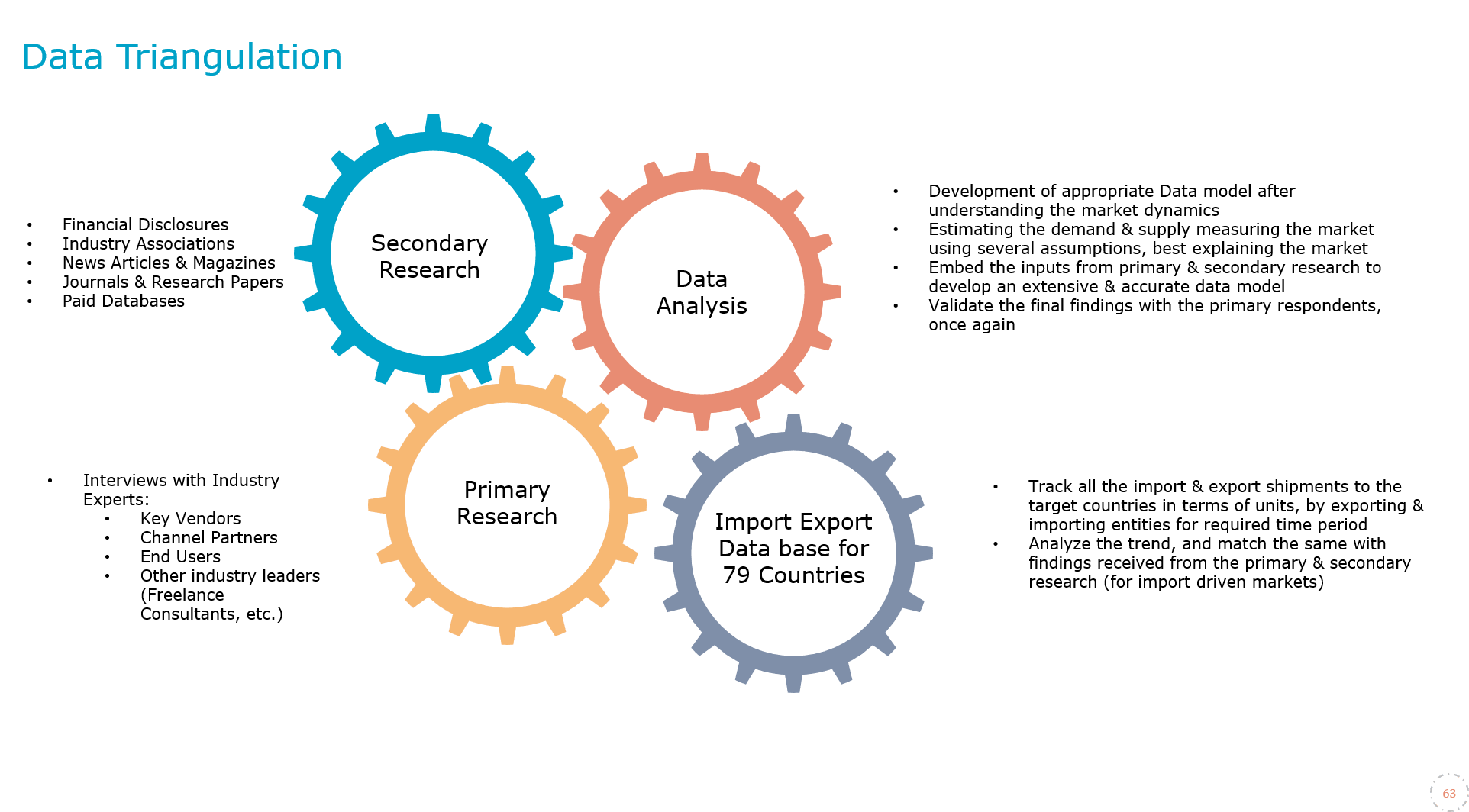
4. Data Forecast and FinalizationThe final phase involves forecasting future market trends based on the analyzed data. MarkNtel Advisors utilize predictive modeling and time series analysis to anticipate market behaviors. The insights are then compiled into comprehensive reports, featuring visual aids like charts and graphs, and include strategic recommendations to inform client decision-making

